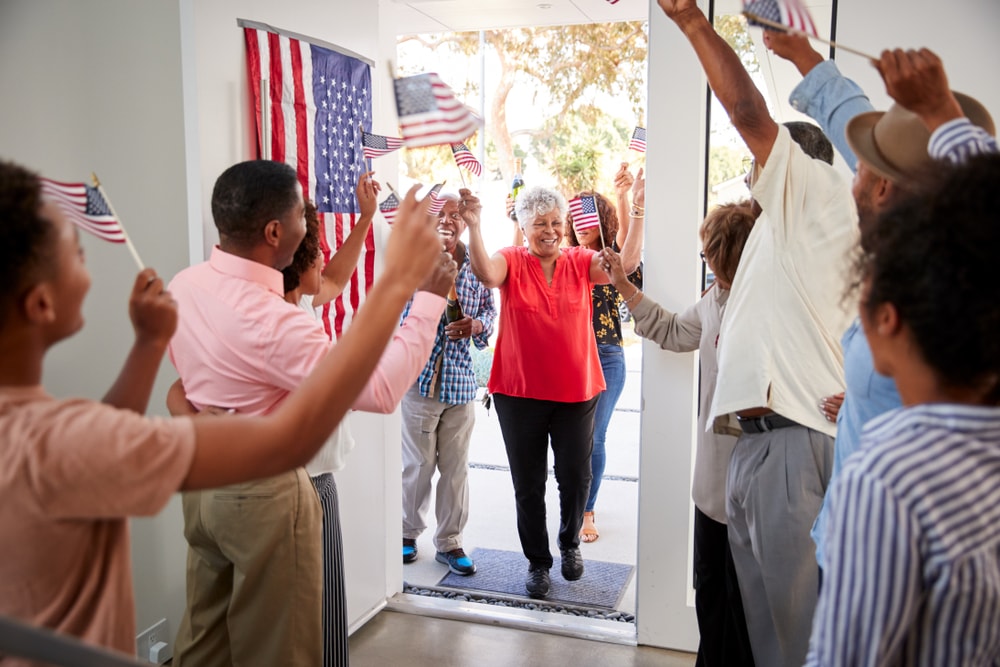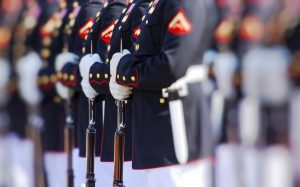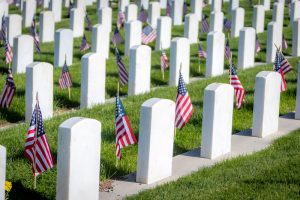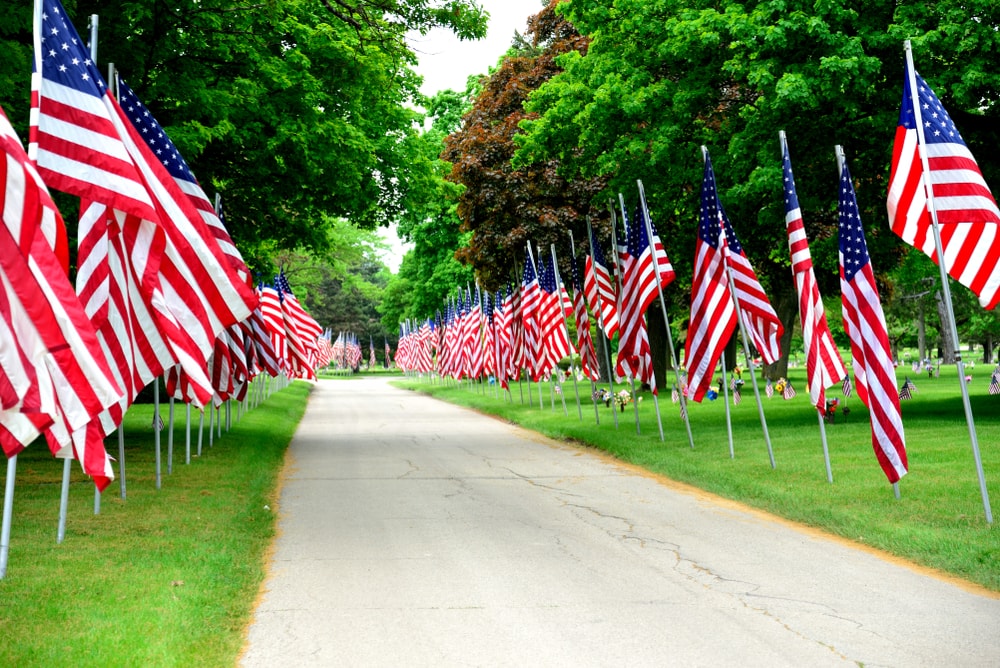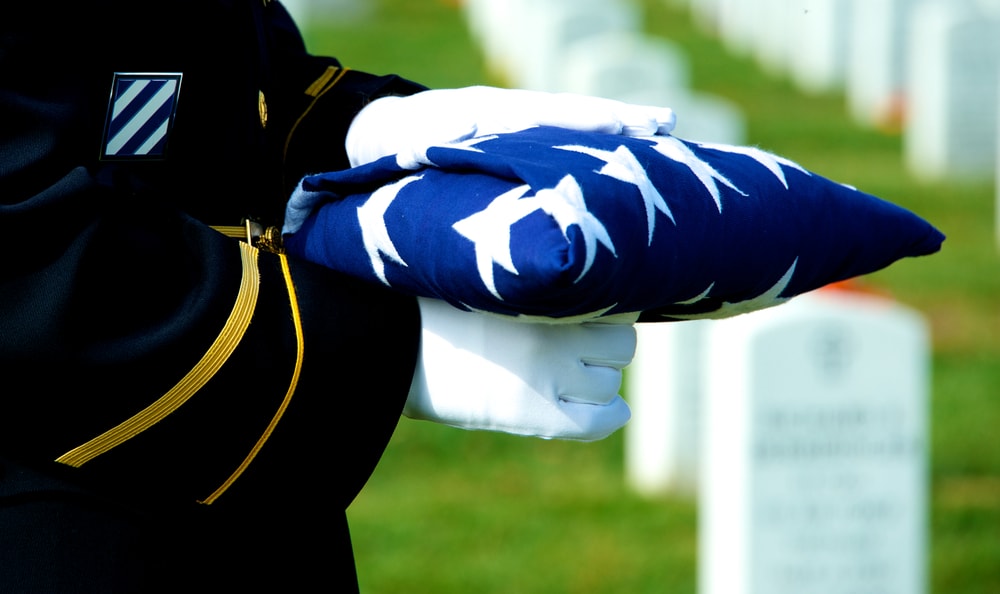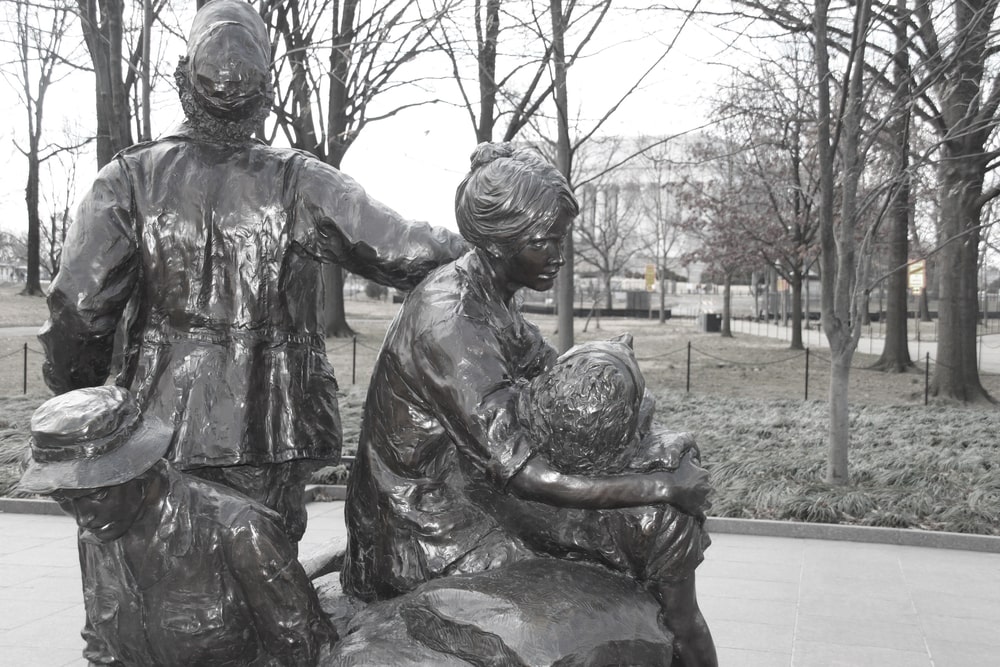
“I want to say how proud I was of the women I served with, and how much we cared for these young men who served during that era. I’m so grateful to all those wounded soldiers in particular who came to stand by our side and support us to help us get [the] memorial built. They were so appreciative and so grateful.” – Diane Carlson Evans, Captain in the Army Nurse Corps
Memorial Day is a day set aside every year to honor and remember the many men and women who have died while serving the United States of America and its people. As we seek to honor them, let us remember them and the great sacrifices they made to preserve life, liberty, and the pursuit of happiness.
Vietnam Women’s Memorial
More than 265,000 military and civilian women served around the world during the Vietnam War era. They filled professional, technical, leadership, and humanitarian roles. Around 11,000 women served directly in Vietnam, and 90% of them were nurses. The Vietnam Women’s Memorial honors every woman who served in the Vietnam War, particularly the eight nurses who lost their lives.
Dedicated on November 11, 1993, the memorial highlights the stories of women in the military, ensuring that their dedication, resolve, and courage are remembered right alongside the servicemen they partnered with during the conflict. Situated just south of the Vietnam Veterans Memorial, the Vietnam Women’s Memorial is a stunning bronze sculpture that depicts three women in various roles of service. It stands nearly 7 feet (2.1 meters) tall and weighs 2,000 pounds (907 kilograms).
How It Came to Be
Without Diane Carlson Evans, it’s possible that the Vietnam Women’s Memorial would not exist today.
As a former Army combat nurse and Vietnam veteran, Evans made a point of attending the dedication ceremony of the Vietnam Veterans Memorial in 1982. The following year, she saw a picture of the statue depicting three servicemen (called “The Three Soldiers”). It was slated to be added to the Vietnam Veterans Memorial. At that moment, she decided that women should also be honored, or their contribution to the war might be forgotten by future generations.
Evans founded the Vietnam Nurses Memorial Project (now called Vietnam Women’s Memorial Foundation), and she championed the creation of a memorial to honor the women who served during the Vietnam War. It would take 10 years, but on November 11, 1993, the Vietnam Women’s Memorial was dedicated as an act of honor and remembrance.
Meaningful Features of the Memorial
The Sculpture of Three Women
While Congress approved the creation of the memorial in 1988, they rejected the initial design. This led to an open design competition with 350 submissions. Of the submissions, Glenna Goodacre’s design came out on top, and she received a commission to create the statue.
Renowned for her bronze work, Goodacre has won numerous awards and honors for her skill. When asked about the design for the Vietnam Women’s Memorial, she said:
“The emphasis of this tribute is centered on their emotions: their compassion, their anxiety, their fatigue, and above all, their dedication. The photos from Vietnam often included stacks of sandbags. It seemed natural for a nurse – in a moment of crisis – to be supported by sandbags as she serves as the life support for a wounded soldier lying across her lap. The standing woman looks up, in search of a med-i-vac helicopter or, perhaps, in search of help from God. The kneeling figure has been called “the heart and soul” of the piece because so many vets see themselves in her. She stares at any empty helmet, her posture reflecting her despair, frustrations, and all the horrors of war.”
8 Yellowwood Trees
George Dickie, a professor of architecture at Penn State University, was chosen as the landscape designer for the memorial. His challenge was to create a landscape concept that would seamlessly incorporate the Vietnam Veterans Memorial, the Three Soldiers statue, and the Vietnam Women’s Memorial. The three pieces were all added to the memorial at different times.
By adding pathways and a terrace, Dickie was able to bring the three separate elements together. Perhaps the most significant landscaping feature is the 8 yellowwood trees that surround the Vietnam Women’s Memorial sculpture. Each tree represents one of the eight women killed in action in Vietnam.
These women are also recognized on the Memorial Wall, alongside more than 58,000 names of men who lost their lives or were missing in action. The women, all nurses, named on the Wall are:
- 1st Lt. Hedwig Orlowski
- 2nd Lt. Carol Drazba
- 1st Lt. Sharon Lane
- Captain Mary Klinker
- Captain Eleanor Alexander
- 2nd Lt. Elizabeth Jones
- 2nd Lt. Pamela Donovan
- Lt. Colonel Annie Graham
To learn more about these brave nurses, click here to read about their service during the Vietnam War.
Why Do We Have Memorials?
Permanent memorials ensure a lasting tribute for those who have been loved and lost. They also allow us, as people, to honor those we wish to always remember. Just as we create memorials for our heroes, we also create them for our loved ones. There are five key reasons why permanent memorials are important, whether it is to commemorate an event, a group of people, or just one person, like a close loved one.
- A permanent memorial provides a place for people to mourn.
- It gives all mourners (not just family) access to pay their respects and connect with those who have died.
- It provides a permanent place that will exist for generations to come.
- It allows people the opportunity to remember and reflect on the lives lived.
- It ensures that the dead are remembered and respected.
For many of our veterans, a large-scale memorial honors the group as a whole. The Vietnam Women’s Memorial stands proudly alongside the Three Soldiers statue and the Vietnam Veterans Memorial Wall. Together, they honor all who served in the conflict. However, for individuals, families set headstones, grave markers, or inscriptions in place. Both types of memorialization are important and honor our veterans and our loved ones.
Want to Get Involved?
If you’d like to assist the Vietnam Women’s Memorial with its mission, you can donate to their cause at www.vietnamwomensmemorial.org.
Additionally, if you are planning a visit to Washington, D.C., consider stopping at the Military Women’s Memorial Museum. The well-reviewed museum features an education center, interactive exhibits, and an impressive collection of stories from women in the military.

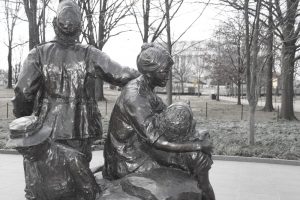


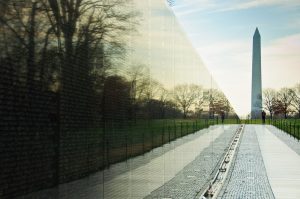
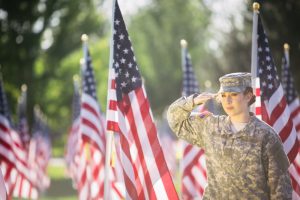



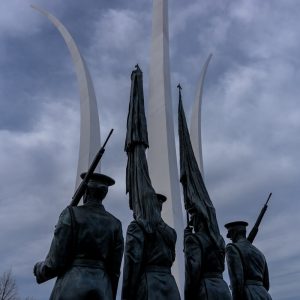
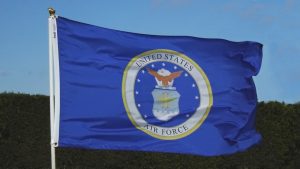

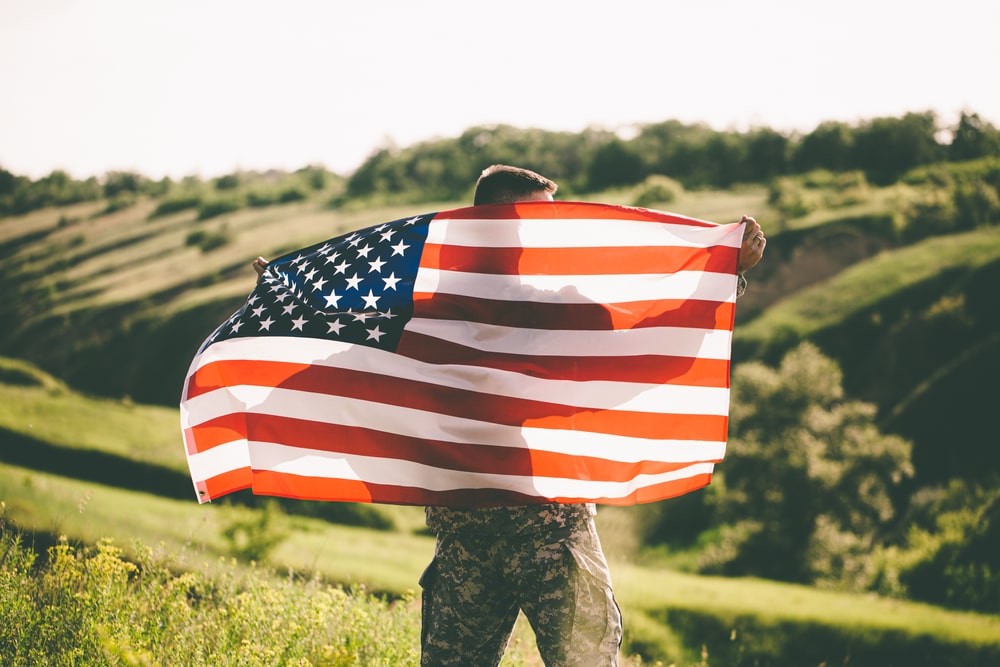
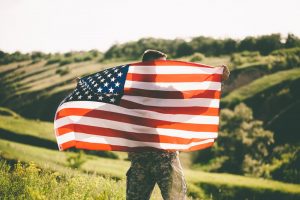
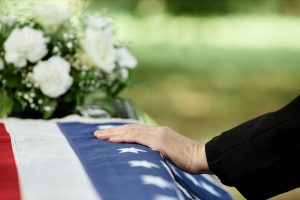
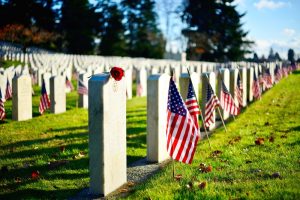

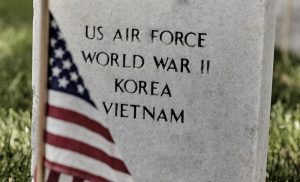
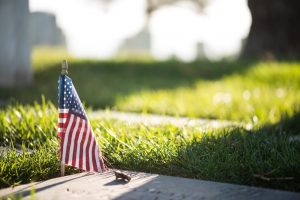
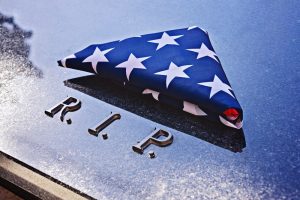
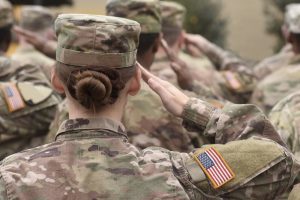

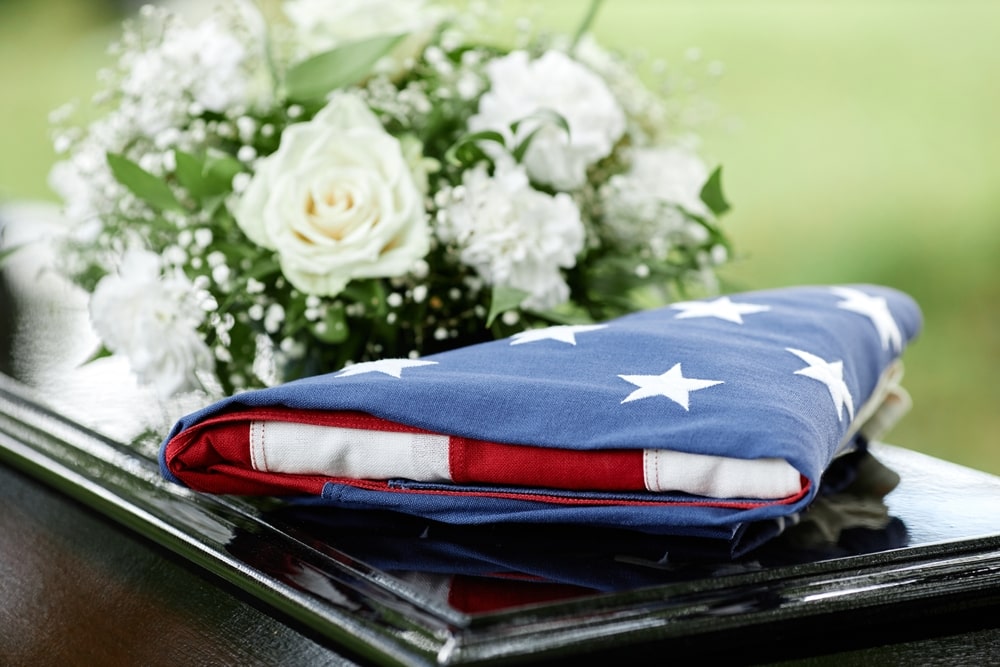
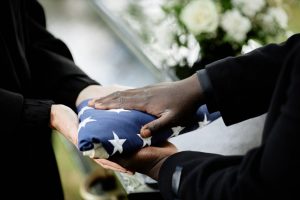
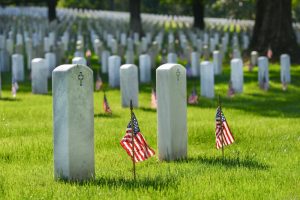
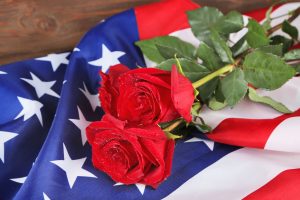
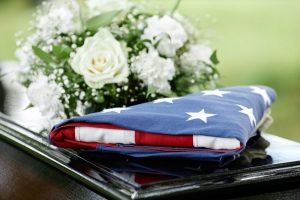
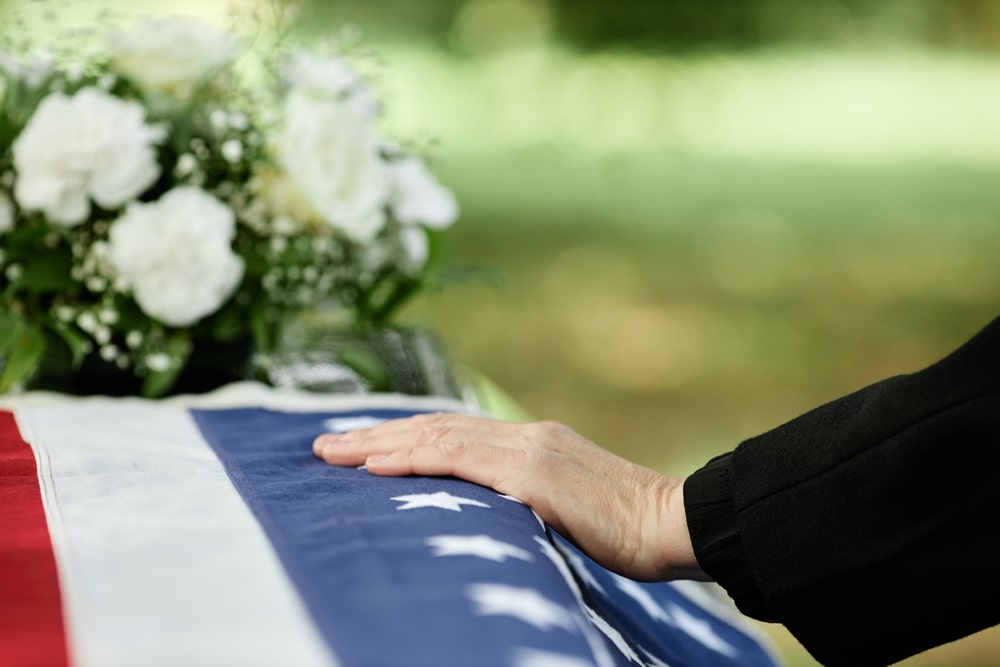
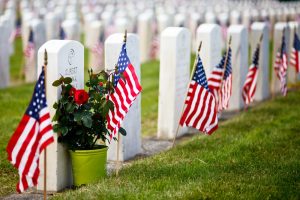
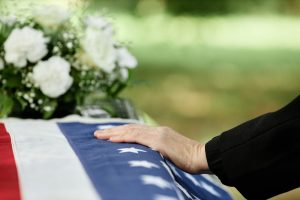
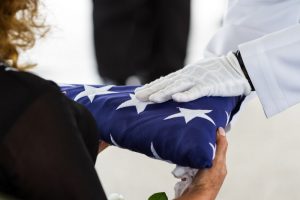

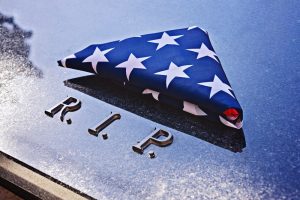
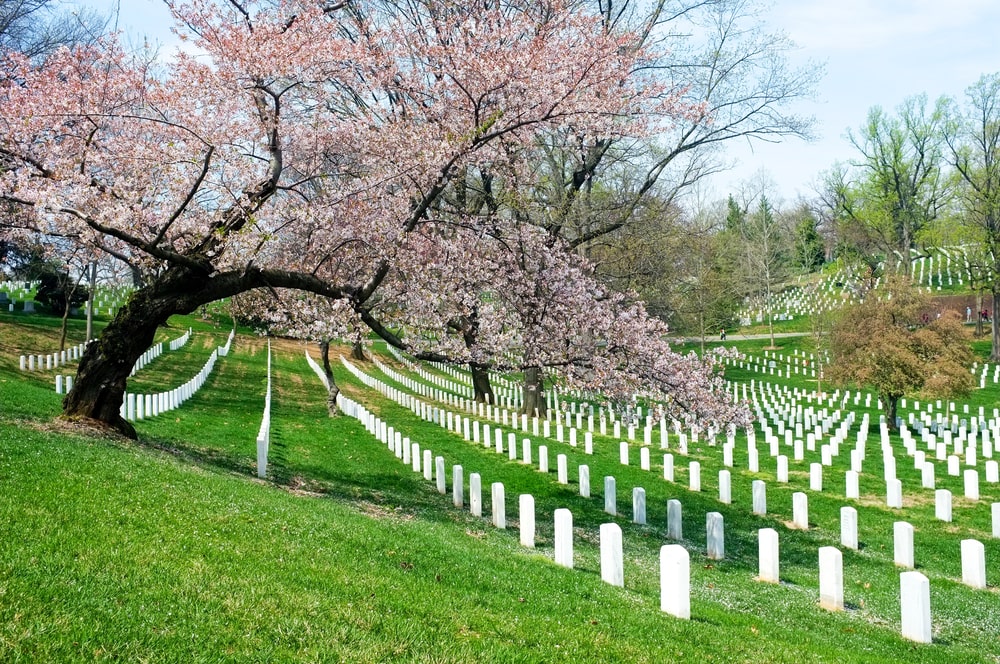
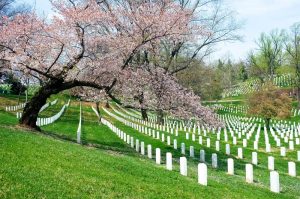
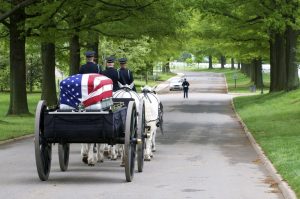
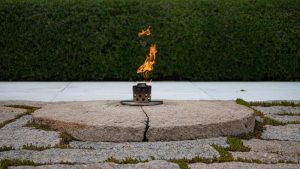
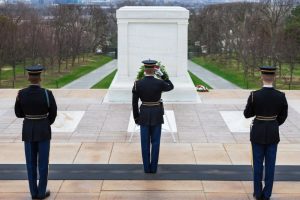
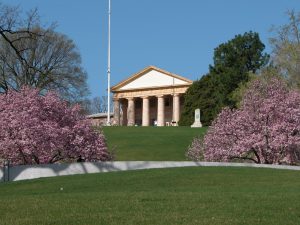
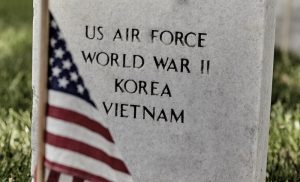
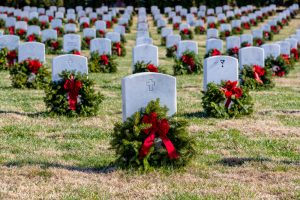
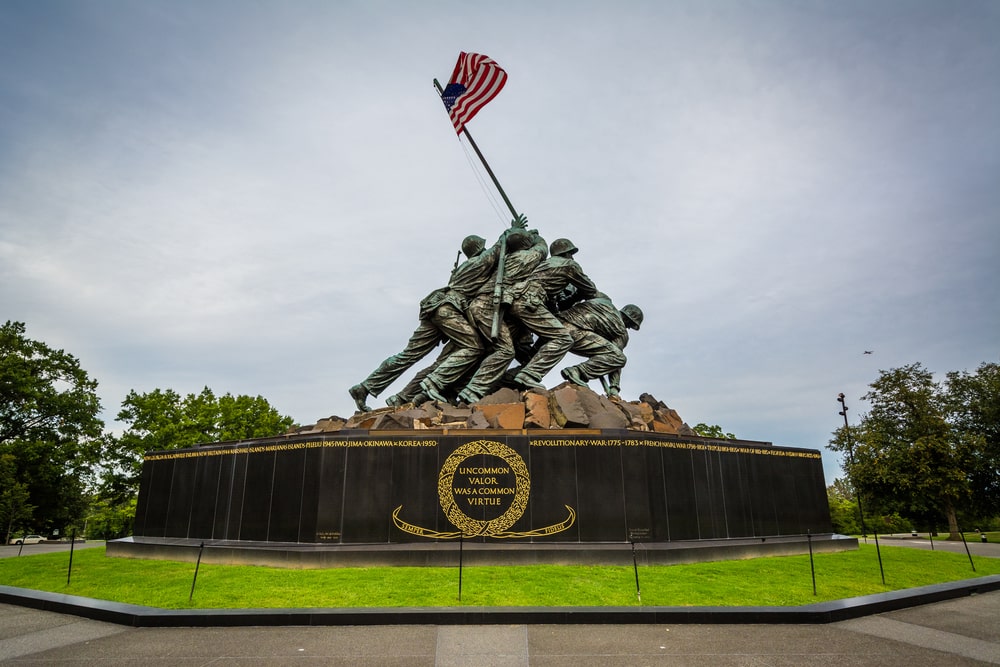
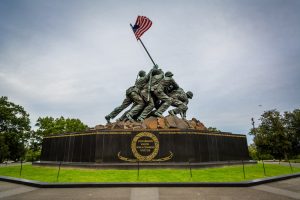
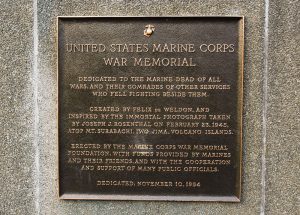
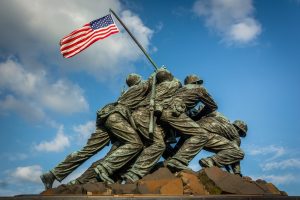
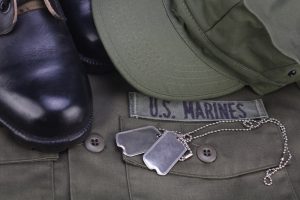
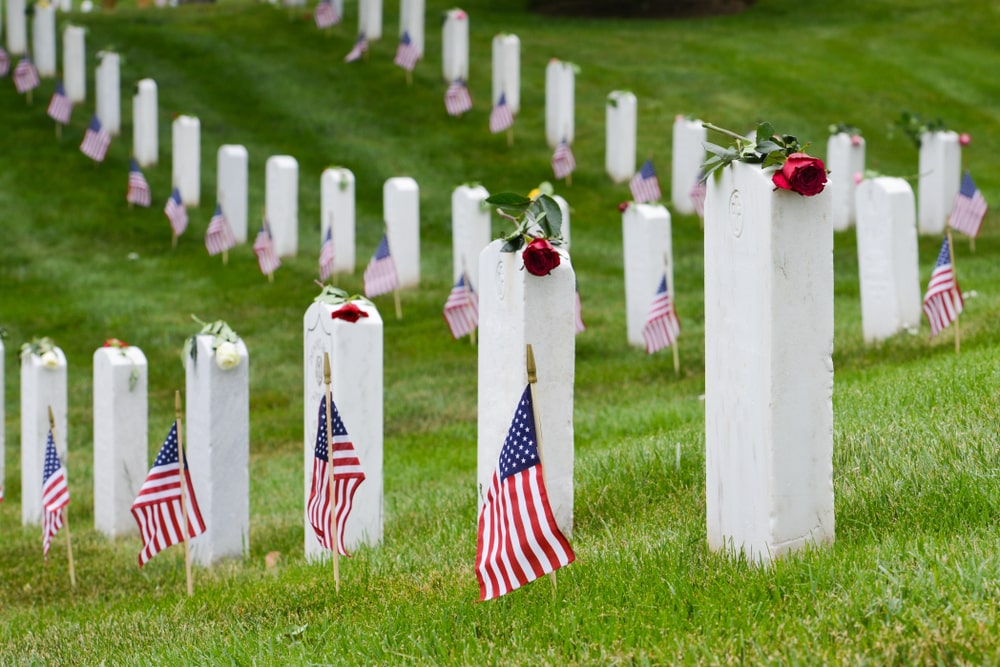
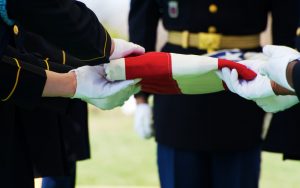
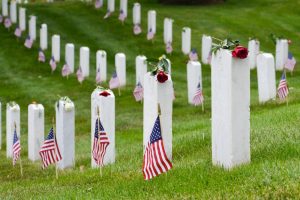
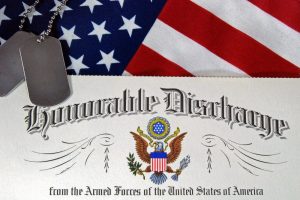
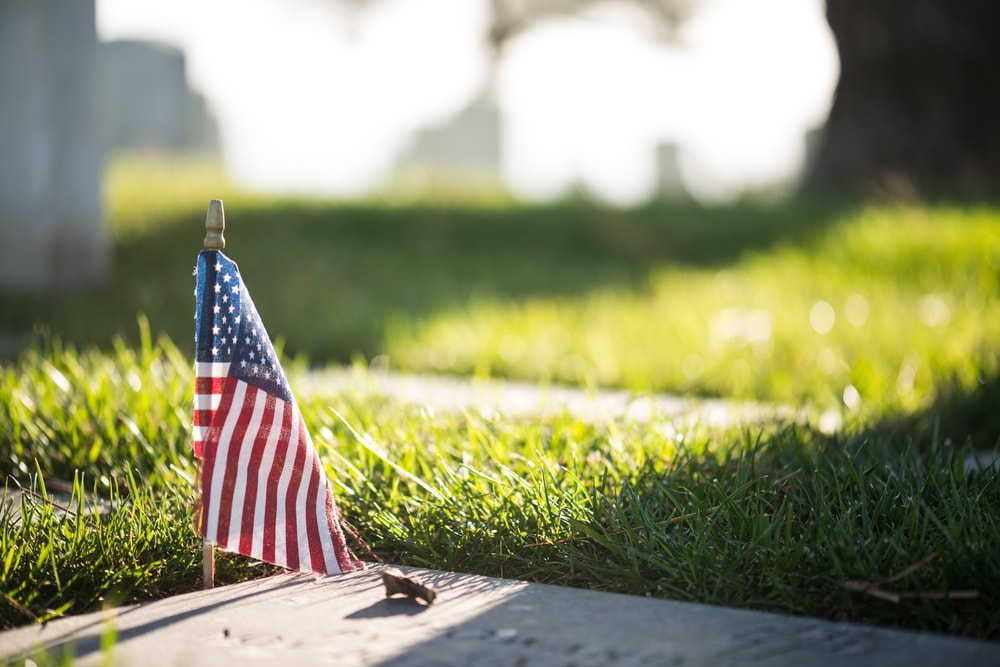
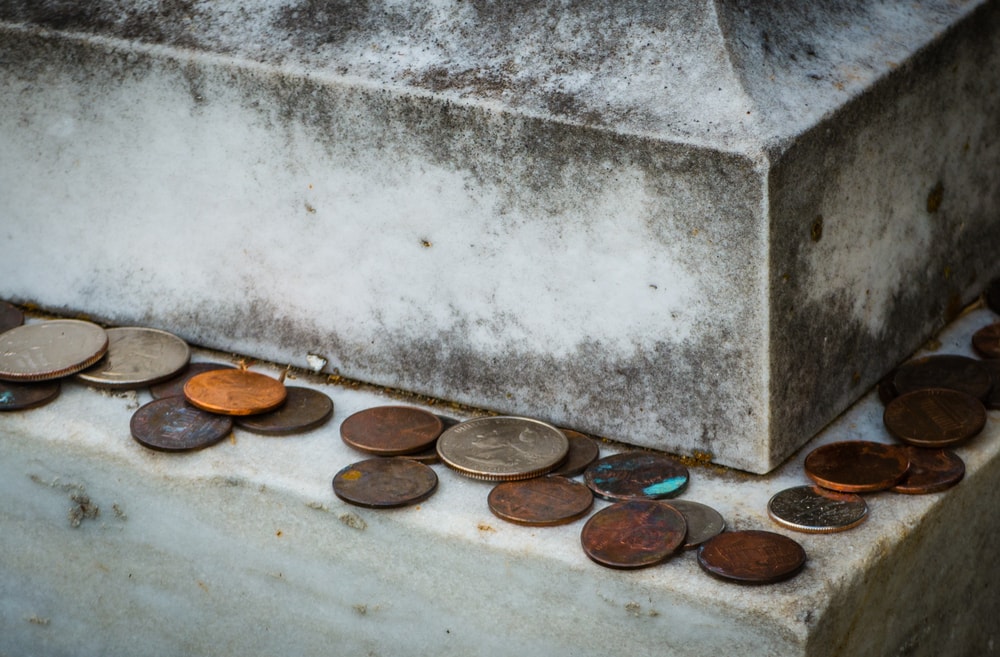
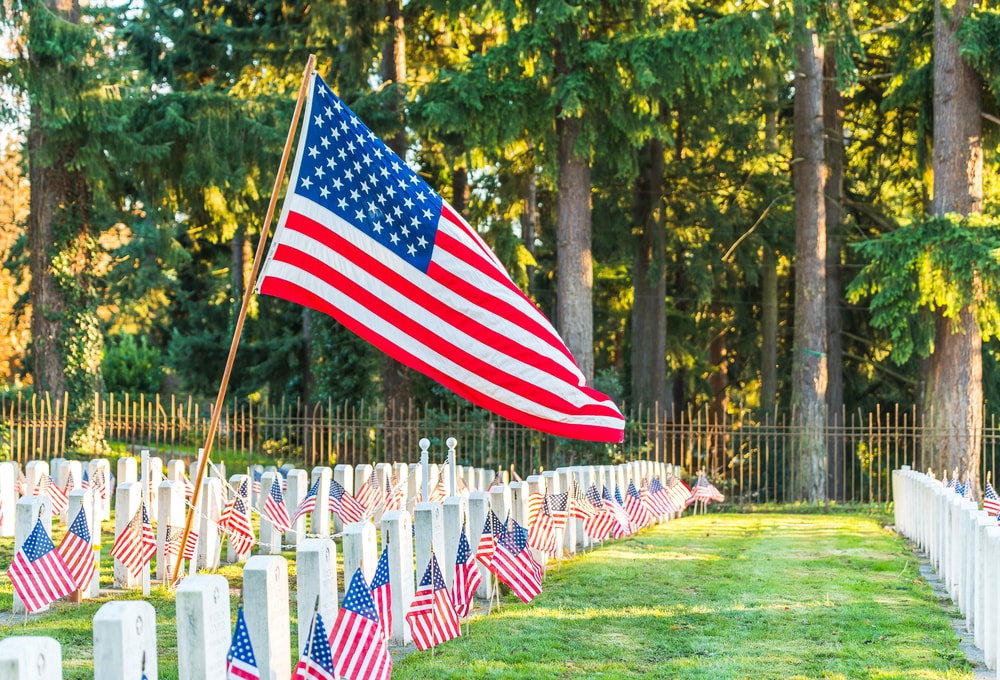 For veterans buried in private cemeteries, any coins are subject to the regulations of the individual cemetery. Many cemeteries collect the coins and use them to maintain the cemetery grounds.
For veterans buried in private cemeteries, any coins are subject to the regulations of the individual cemetery. Many cemeteries collect the coins and use them to maintain the cemetery grounds.

